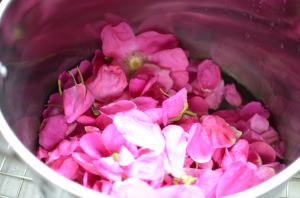Flower
prints for fabric from drawings and photos
natural dyes from Montauk

making dye from Montauk beach roses
making dye from beach roses

Today I’m making dye from Montauk beach roses. I collected these on the roadside by the ocean this summer and saved the dye in glass Ball jars in my studio to reuse. That’s the wonderful thing about natural dyes: you can reuse them over and over again! Plus there’s no environmental impact, which I love. So I simmered the rose petals for about an hour in water with some vinegar and alum as a mordant to set the dye into the fabric. I dyed up a silk scarf which came out a soft rose, delicate color. This past summer I dyed up a poncho cover up from my Beach collection in this same dye that I had just made.
Don’t be Shy- hunting for pansies
making dye from purple pansies (viola tricolor hortensis)
I am so intrigued by the fact that you can make dye from your garden plants and flowers!
So, I went on a quest through my yard for pansies (shyly hiding beneath grass at the base of the shad trees) and surreptitiously stalking my neighbor’s garden bed…
I mostly use fiber reactive dyes for my business (made in montauk) which is the most eco-friendly dye because it uses the least toxic fixatives (mordants) available: but, here’s the great part about plant dyes: natural dyes from plants, flowers, and roots can be fixed using alum: very eco-friendly… and you can reuse the dye bath so there is less waste!
The only drawback is that with plant and flower dyeing, you can only produce it in small batches- literally one or two items at a time: unless you happen to own a field of flowers (lucky you!)
Fun facts:
Pansies are edible and are high in vitamin C and A. They can be used to garnish soups and salads, and to make flavored honey and syrups.
In this dye bath I used 1 tsp vinegar, and 1 tsp alum for a mordant. I collected lavender and dark purple pansies (just the flowers, no leaves or stems) and simmered the flowers for about an hour then added my fabric swatches. Look at that brilliant color in the pot! I just love the shades of lavender that came out, gorgeous!
A New Generation Discovers Grow-It-Yourself Dyes – NYTimes.com
kimurai tunic top
I made this last week, i love this fabric- it has a striated texture and subtle shimmer!
Hand made in gorgeous hemp/silk fabric. Hand dyed in turquoise. Fabric drapes over right shoulder like a shawl.
red maple silk shawl
making dye from beach roses (rosa rugosa)

A Rosa Rugosa specimen in the province of Québec, Canada. Français : Un spécimen de Rosa Rugosa observé au Québec, Canada. (Photo credit: Wikipedia)
Japanese “shore eggplant” or Korean “haedanghwa” (flowers near the seashore), rosa rugosa flowers are edible and have the strongest and sweetest of rose scents! I’m so lucky to live by the sea and enjoy their fresh sweet scent as I walk by the water in May and June.
They can be displayed in a vase (but they have millions of tiny thorns, so be extra careful if when picking or cutting!)
The rose hips (harvested in the Fall) can be used for rose hip tea, preserves , jelly or wine- yum!
In this dye bath I used 1 tsp vinegar, and 2 tsp alum for a mordant, and 1 tsp cream of tartar. I simmered the flowers for about 2 hours then added my fabric swatches. Lovely dusty pink color- and your clothing will smell like roses!
wash in cold water.
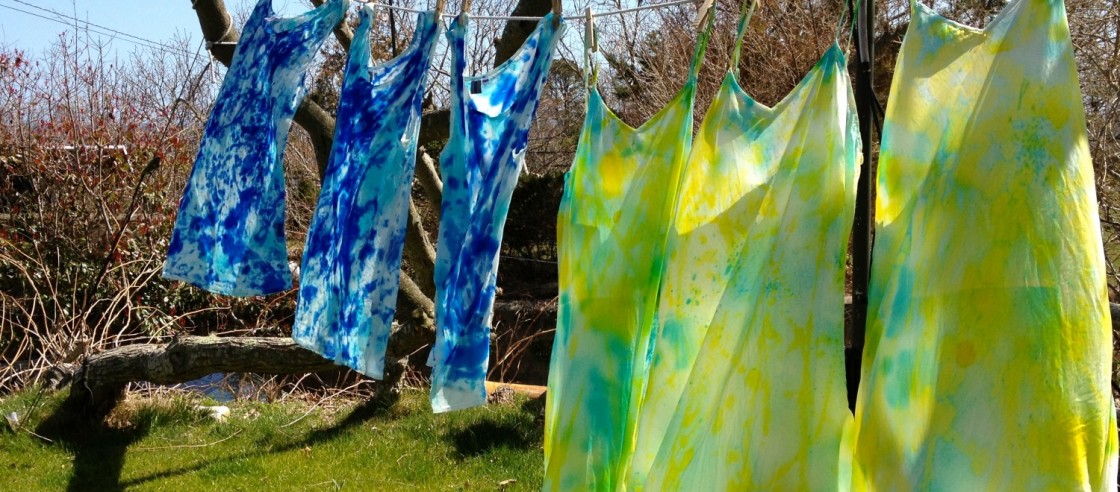

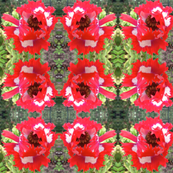
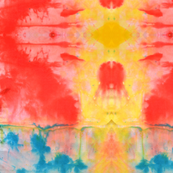

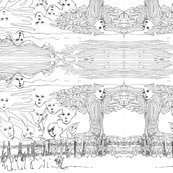
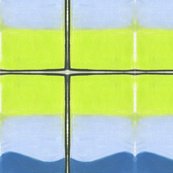
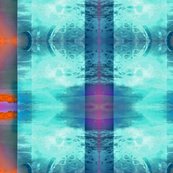

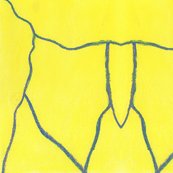
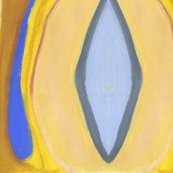
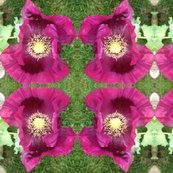
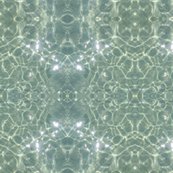
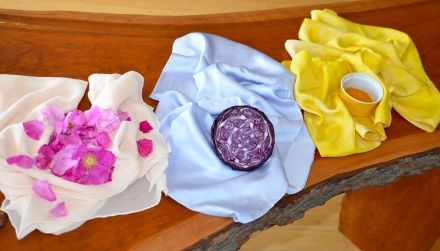



 A photo of some Pansies at Monticello (Photo credit: Wikipedia)
A photo of some Pansies at Monticello (Photo credit: Wikipedia)







